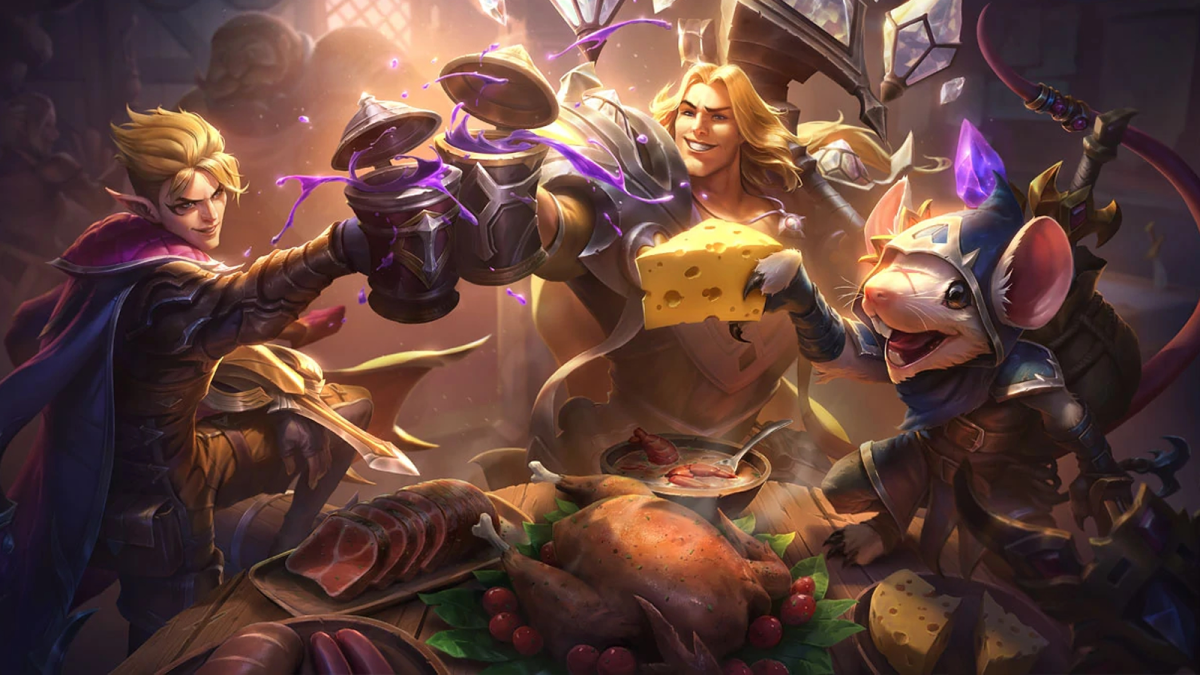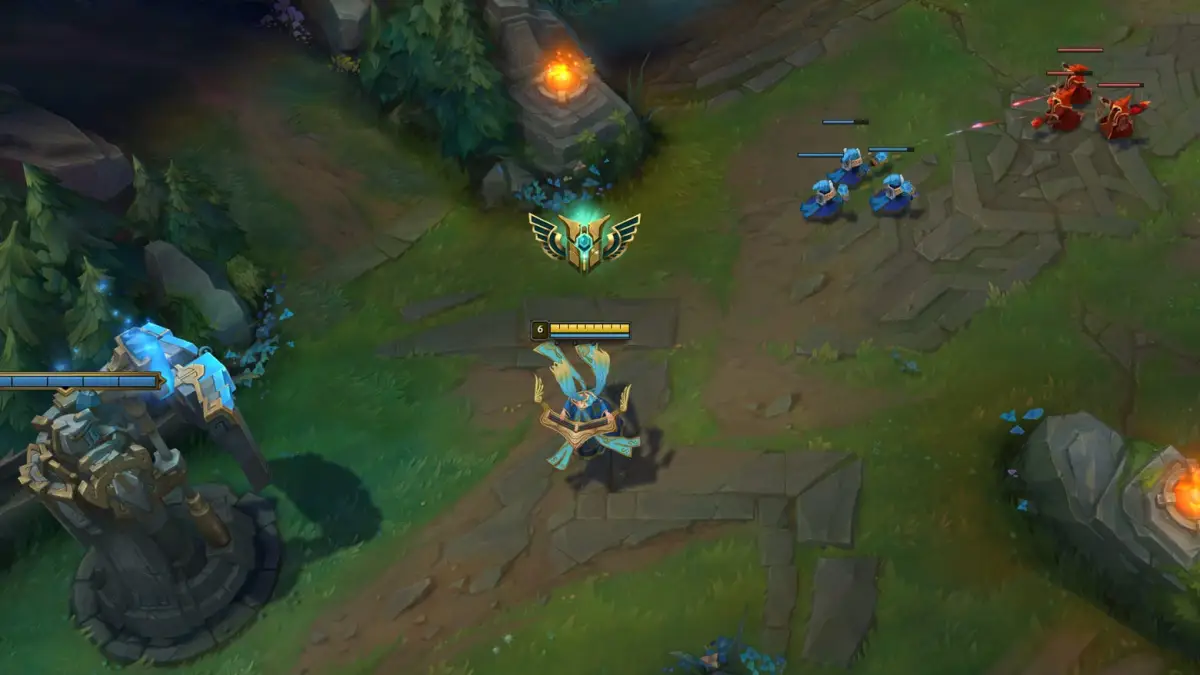There are 3 big changes coming to the NA and EU LCS next split.
1. The Schedule.
2. Championship Points (Circuit Points)
3. Relegations.
New Schedule
The LCS Regular Season is now 10 Team Double Round-Robin instead of a 8 Team Quadruple Round-Robin. This change shortens the season to 9 weeks, with each team playing two games a week. Yes, the much maligned Super Weeks have been removed. This means each team plays 18 games, down from the 28 games in previous splits. This makes each game far more important that in previous splits, putting added pressure on teams dealing with Visa Issues (Impulse), Suspensions (CLG), and Roster Changes (Everyone except C9). Teams can no longer afford slow starts like Alliance’s 0-4 Super Week at the beginning of the 2014 Spring Split.
This is a positive change for a number of reasons. Competitive League of Legends has become more and more cerebral with each passing season. Super Weeks often featured lower quality games as teams had little time to prepare for any match but their first one. It also mitigated the advantage that teams that excel at preparation earned. In a shorter season, it’s important that team’s have the opportunity to put their best foot forward in every single game. It also makes punishments for rule violations for punitive. In past seasons, CLG being without their top lane for one week and their coach for three wouldn’t have been a big deal. CLG and TSM famously subbed in HotshotGG and Reginald for multiple weeks in the 2014 Spring Split and both teams still finished in the top 3. Those punishments look increasingly deadly to CLG’s chances, more so because they face Cloud 9 and Impulse that first week. Both teams feature Top Laners in Balls and Impact that project to be among the best at the position next split.
Championship Points
| Place | Spring Split | Summer Split |
| 1st | 90 | AQ |
| 2nd | 70 | 90 |
| 3rd | 50 | 70 |
| 4th | 30 | 40 |
| 5th-6th | 10 | 20 |
| 7th-10th | 0 | 0 |
Known as Circuit Points to those who follow OGN, Championship Points will now factor into which teams qualify for Worlds. The first place team in the Summer Split will now automatically qualify for Worlds. You can call this the Cloud 9 rule. This allows teams that qualify for the LCS to represent the region at worlds if they deserve to, but still rewards teams for Season long success. Such a team will essentially have to win the Summer Split in order to make it, unless the top teams from the Spring Split have a huge drop off. The 2nd team from each region will be whichever team earned the most Championship Points between the two Splits that wasn’t the team that won the Summer Split. The third team will be determined by a King of the Hill style Gauntlet similar to what Korea uses. In this format, higher seeds get byes into the later rounds of the tournament, further rewarding consistently strong performance. Fans will remember that Najin White Shield stormed their way through the entire gauntlet last year, winning four best of five sets in a row to qualify for Worlds.
So how much difference will this really make? Not much. Below you’ll find the teams that qualified for worlds from each region and the teams that would have under the new format.
2013
NA Old Format: Cloud 9, TSM, XDG
NA New Format: Cloud 9, TSM, XDG gets #1 seed in Regionals
EU Old Format: Fnatic, Gambit, Lemondogs
EU New Format: Fnatic, Gambit, Lemondogs gets #1 seed in Regionals
2014
NA Old Format: TSM, Cloud 9, LMQ
NA New Format: TSM, Cloud 9, LMQ gets #1 seed in Regionals due to tiebreaker advantage over CLG
EU Old Format: Fnatic, Alliance, SK Gaming
EU New Format: Alliance, Fnatic, SK Gaming gets #1 seed in Regionals.
As you can see, the teams that would have qualified are exactly the same except for the fact that the 3rd place team would have had to win a best of five to get there. In every example, the 3 strongest teams in both regions were clearly stronger than the rest of the League by the end of the split and the victory of those 3rd place teams would have likely been assured.
Relegation
With each league extending to 10 teams, it makes sense that Riot is changing how Relegation works. The last place team is now automatically relegated in favor of the #1 Challenger Team. The 8th and 9th place teams in the LCS play the 2nd and 3rd best teams in the Challenger Series for a spot in the LCS. The 7th place team doesn’t qualify for the playoffs but automatically qualifies for the next split.
The are a number of arguments for an against the decision to automatically relegate a team. In favor, we have the fact that no last place team in the NA LCS has successfully qualified for the next split. EU teams have won two out of four, but neither of those teams went on to do very well. I would also put forth the opinion that I’d rather have new blood in the LCS than a team we know isn’t going to be good enough. Teams don’t go from last to top 3 in a single split. The primary argument against is competitive integrity. There’s no guarantee that the best Challenger Team will be better than the worst LCS Team, though I would argue that this is likely the case. Cloud 9 and LMQ are two examples of teams that rose through the Challenger Series, qualified for the LCS, and finished in the top 3 their very first split. Cloud 9 actually dominated their first split on the way to the LCS.
The decision to have the 7th team automatically qualify for the next split is a prudent one. The Challenger Series is historically shallow. It’s highly unlikely that the 4th best Challenger Team has a prayer of a chance against even the 7th best LCS team. Two other advantages of auto relegation are that it guarantees fresh blood every single split and provides a legitimate incentive for teams not to place last. LCS teams are normally confident in their chances against Challenger Teams and getting to choose who you face in Relegation wasn’t a big enough incentive to not get last.
Conclusion
The Changes are an overall net positive for both regions. The changes to the schedule prevent the season from dragging on as it often seemed to in the 28 game slate. The first and last few weeks were exciting and everything in the middle was boring. Championship Points were a much needed addition in order to make the Spring Split worth something beyond $50,000 to the winner, and to reward teams for season long excellence. The changes to Relegation are a bit more controversial, and it remains to be seen whether the best Challenger Team automatically qualifying for the LCS results in some truly bad teams making it in when they shouldn’t have. But it does guarantee that at least one Challenger team’s dream will come true each split, which should provide added incentive to up and coming players looking to qualify. Work hard enough and you’re guaranteed a spot.
Liked this article? Follow the author on Twitter @SuperbianMG!




